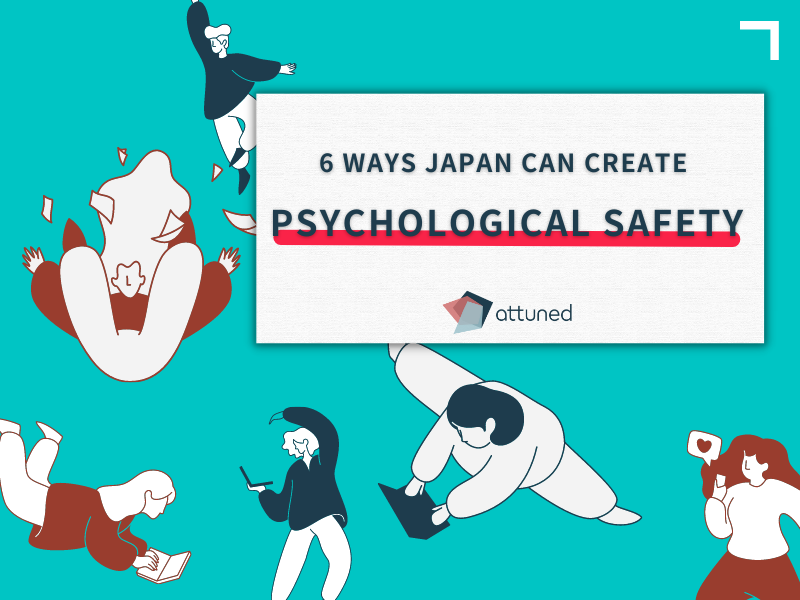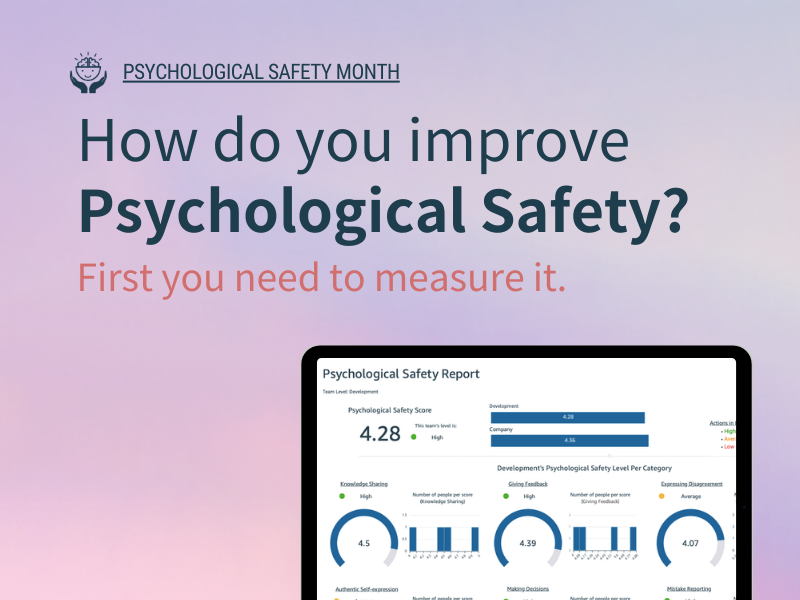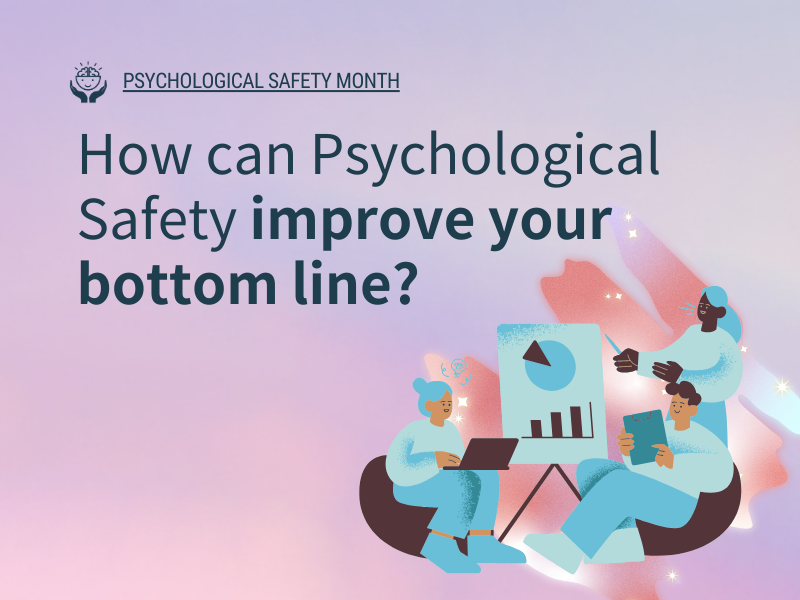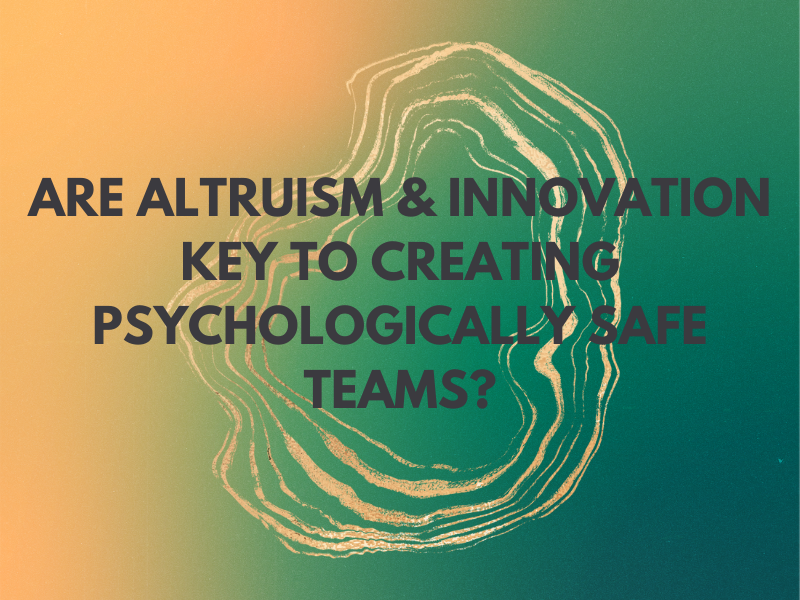So how can other Japanese companies go about creating an environment in which Psychological Safety can flourish?
It starts with team leaders—not upper management. Research shows that upper-level management support for Psychological Safety initiatives actually has no impact. It is the team leaders who need to take the lead for real results.
As for specific actions, there are many a company or team leader can take, but here are six of the most crucial for a Japanese context.
1. Enlist leadership
Given the powerful influence of authority figures in Japan, it is imperative that those authority figures take the lead on Psychological Safety initiatives. Team leaders can do this by responding to dissent calmly and gratefully–and by modeling the kinds of behaviors they would like to see their employees do, like admitting mistakes.
2. Change perceptions of conflict
Team leaders must work to show employees it is possible to have “good conflict” that does not lead to uncomfortable moments, damaged relationships, or hurt feelings. That starts with reframing perceptions to show how conflict and other kinds of “disruptive” behaviors can actually benefit the group.
3. Change perceptions about who can speak up
Team leaders must emphasize to employees that they want to hear everyone’s voice, regardless of their level of experience, age, status, or level of education. They must also help employees trust this message by genuinely listening and giving serious consideration to concerns and ideas.
4. Reduce hierarchy
True hierarchy reduction starts with greater transparency. Beyond that, it’s about providing employees with discretionary power, autonomy over work processes, and inclusion in key decision-making. Furthermore, there need to be opportunities for team leaders and supervisees to engage in the kind of unstructured, non-work-focused activities that allow trusting and supportive relationships.
5. Provide indirect means of communication
Employee discomfort with directly expressing needs means it can be difficult for team leaders to understand and provide for said needs. A non-face-to-face digital tool like Attuned can be an effective way for managers to learn about their employees and lay the foundation for deeper mutual understanding and better, more personalized communication.
6. Prioritize employee wellbeing
Repeat after me: “More time at a desk is not the same as more work done.” Prioritizing employee wellbeing will not only result in greater productivity, higher quality output, and more motivation and commitment. It also signals to employees that you care about them, and that they can trust you.
Ultimately, every country has its own unique norms and values that make building Psychological Safety—or, indeed, any other positive culture change—more or less difficult. But the process and benefits of successfully nurturing Psychological Safety truly are universal.
For more information about how companies can create psychological safety, particularly in hybrid work environments, download Melissa’s recent white paper: “Using Psychological Safety and Intrinsic Motivation to Establish a New, Hybrid Work Environment that Boosts Employee Wellbeing.”
This article was first published on Globis Insights. To read it in its original form, click here.






